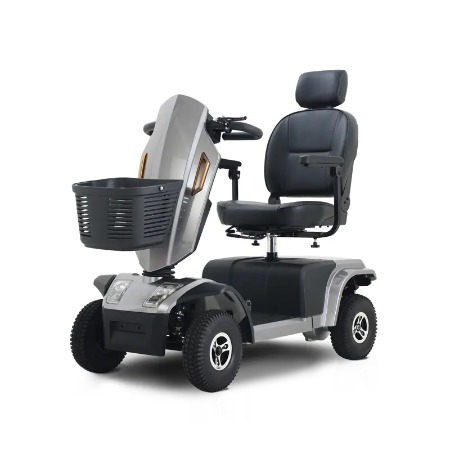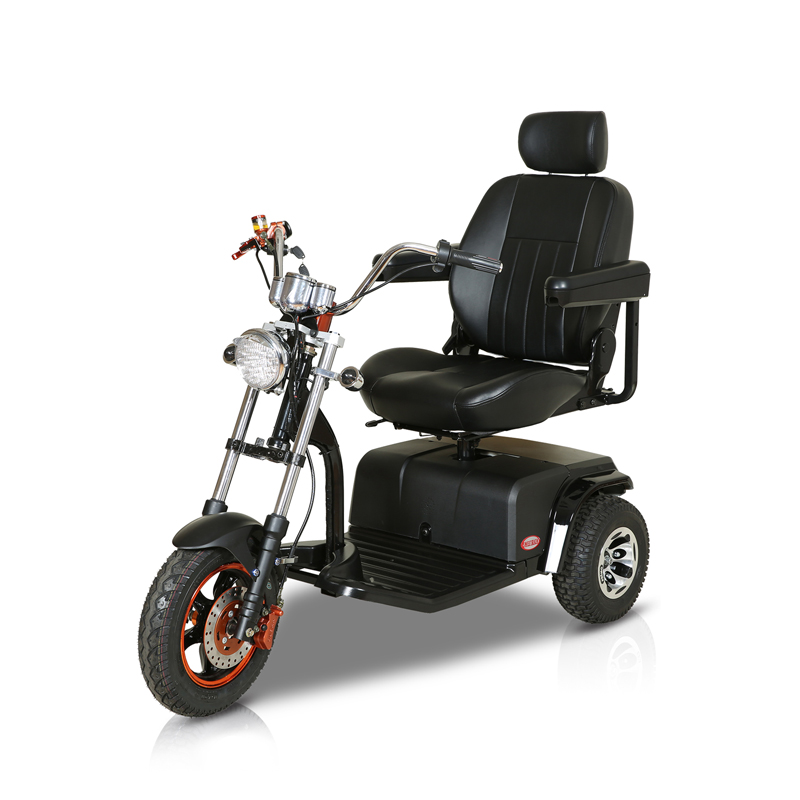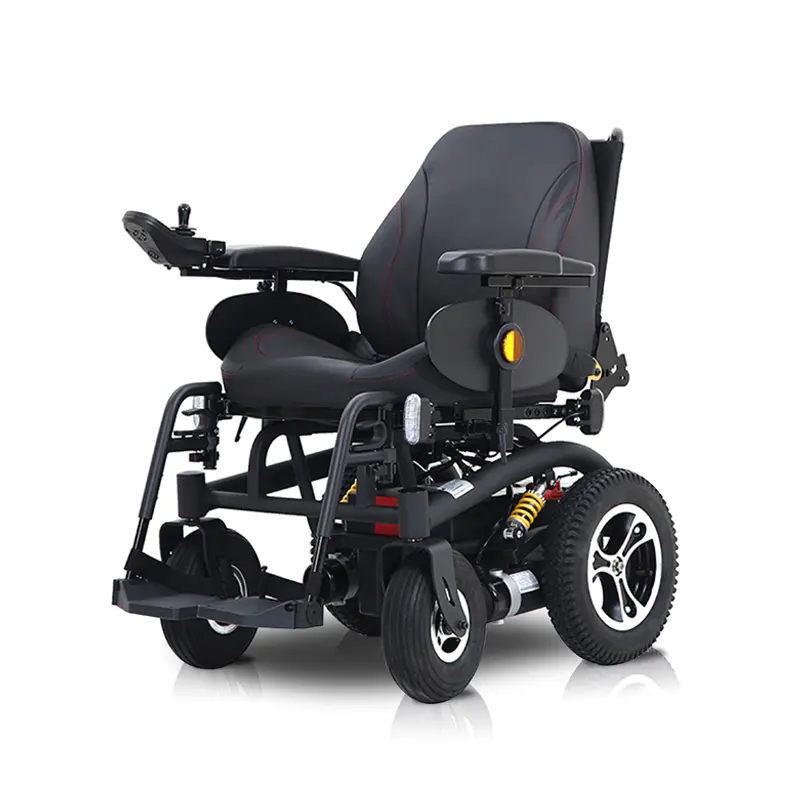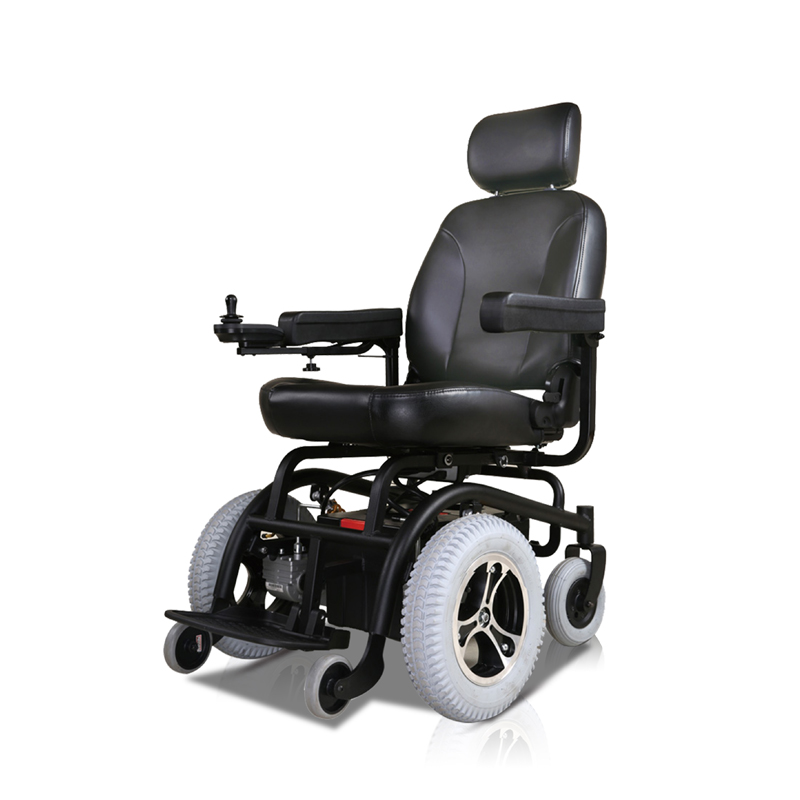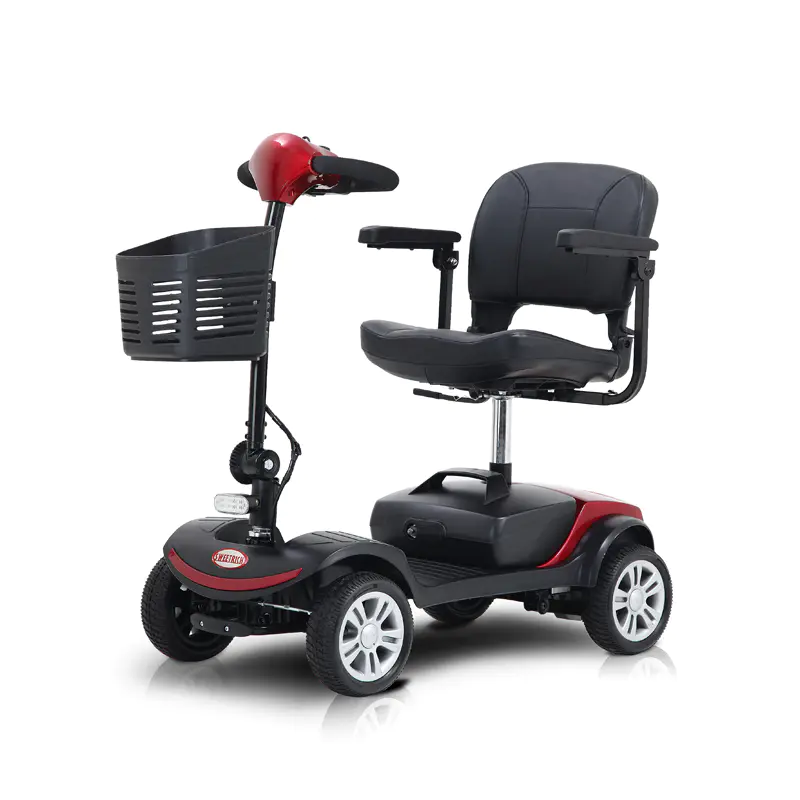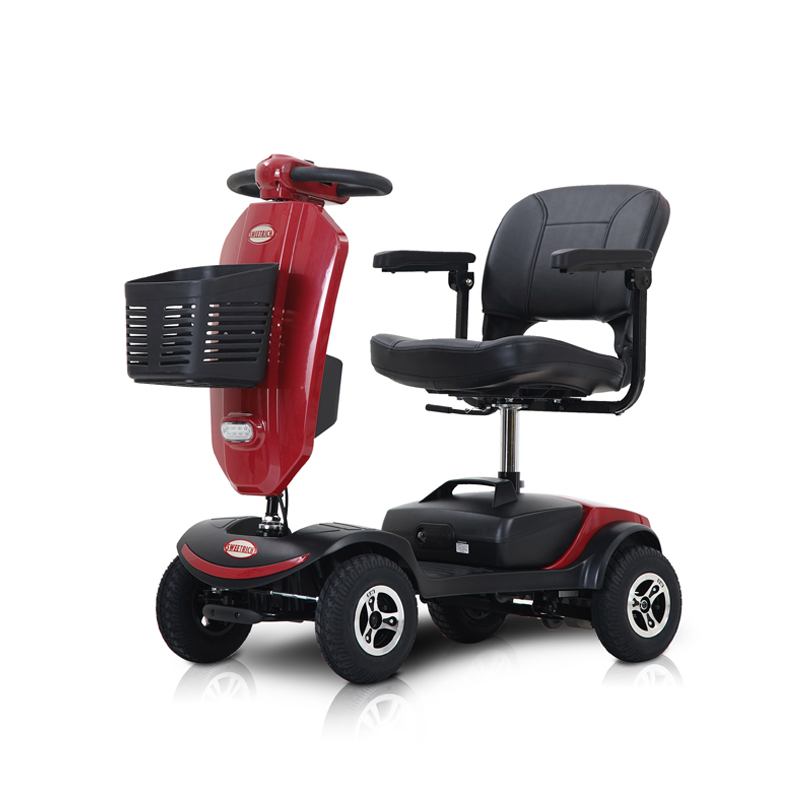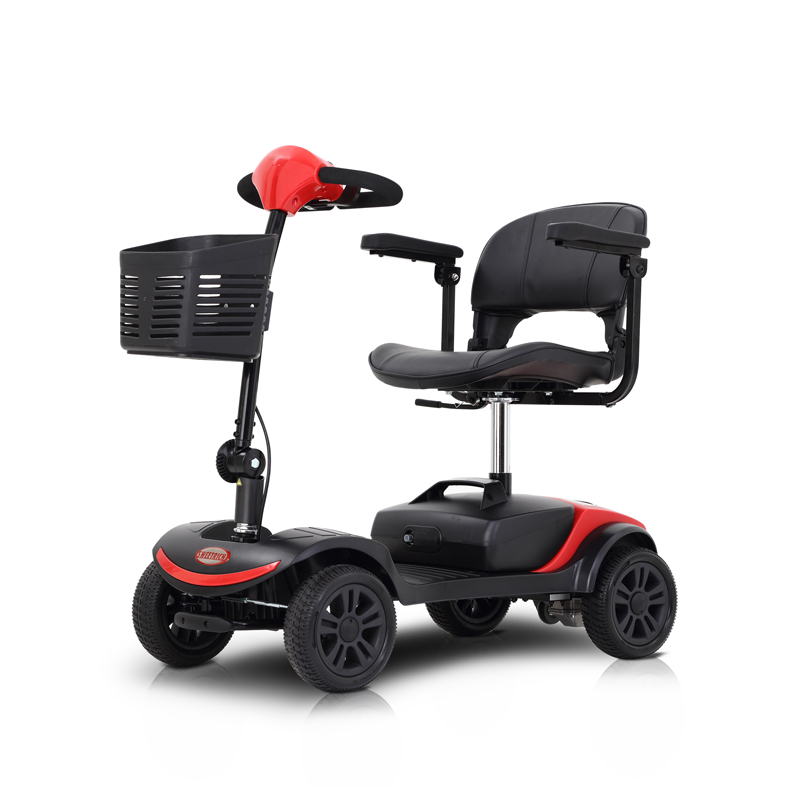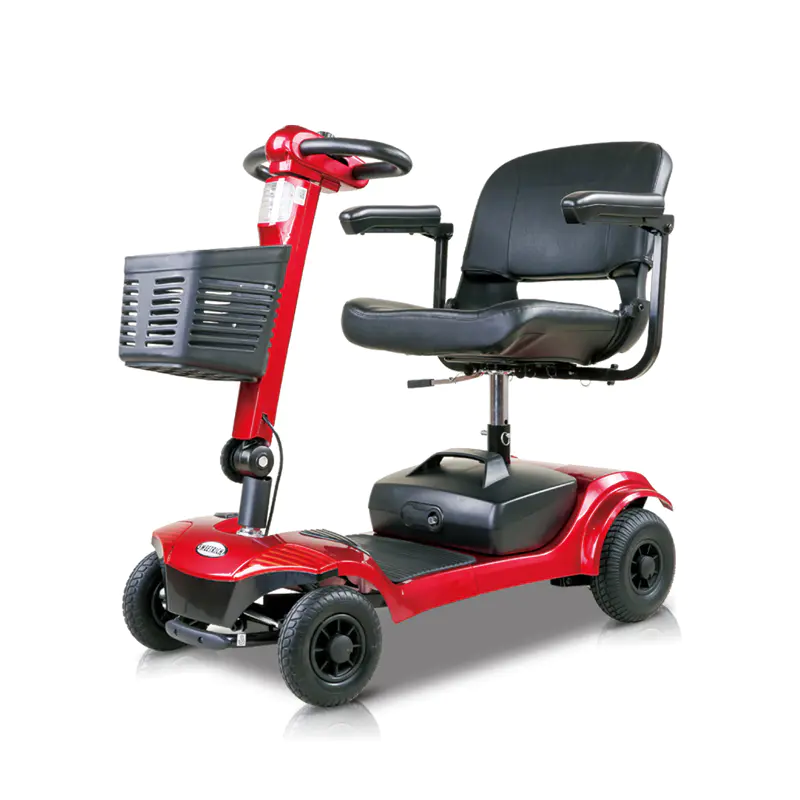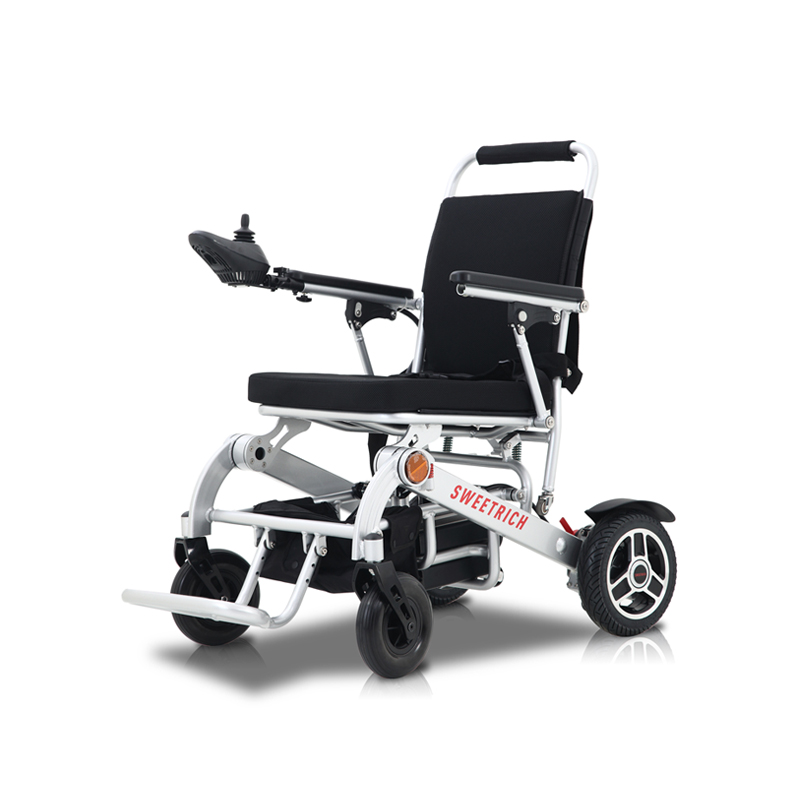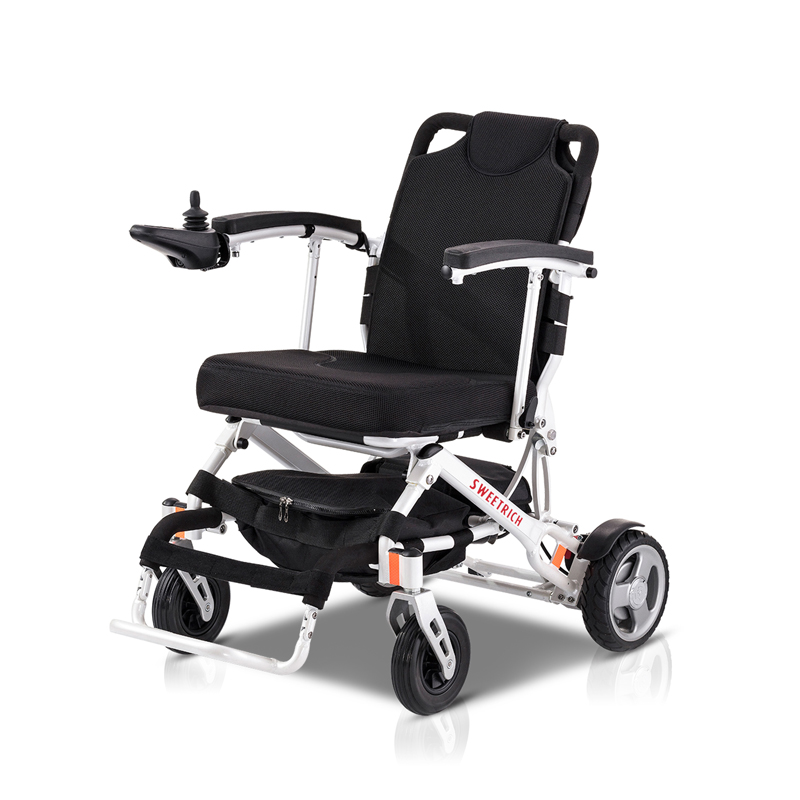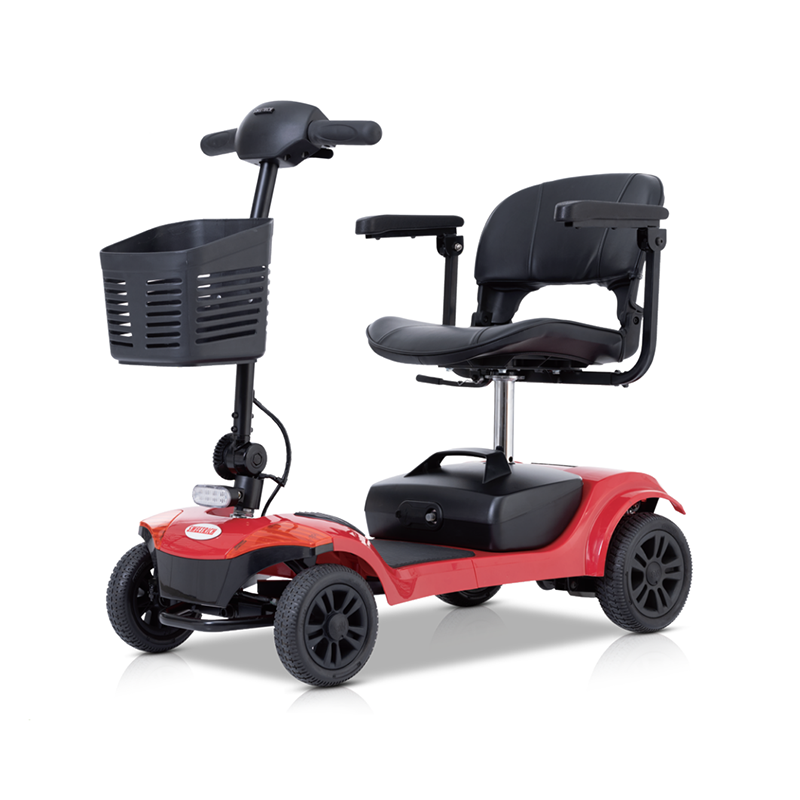Understanding the Landscape of Mobility Scooter Production
The world of personal mobility aids has seen significant advancements, with manufacturers constantly innovating to improve the lives of individuals requiring assistance. Navigating this landscape requires a deep understanding of what differentiates various producers and the specific needs they aim to address. This comprehensive guide delves into the critical aspects of mobility scooter manufacturing, providing you with the knowledge needed to make an informed decision that prioritizes safety, comfort, and independence.
What Defines a Quality Manufacturer?
Identifying a reputable manufacturer goes beyond simply looking at the price tag. Several core principles separate industry leaders from the rest. A commitment to rigorous quality control is paramount. This involves testing every component, from the frame's integrity to the motor's endurance, under conditions that simulate real-world use over extended periods. Furthermore, adherence to international safety standards is non-negotiable. Certifications from recognized bodies ensure that the product has passed stringent tests for electrical safety, stability, and braking performance. Another key differentiator is the depth of research and development (R&D). Companies that invest heavily in R&D are often the ones bringing forth innovations in battery technology, intuitive control systems, and lightweight, durable materials, thereby enhancing the overall user experience and product longevity.
The Importance of Manufacturing Standards
Manufacturing standards are the blueprint for safety and reliability. These standards cover a vast array of specifications, including but not limited to:
- Electromagnetic Compatibility (EMC): Ensures the scooter's electrical system does not interfere with other medical devices and is itself immune to interference.
- Structural Integrity: Dictates the requirements for the frame's strength, ensuring it can handle the specified weight capacity and absorb shocks without compromising safety.
- Braking Systems: Defines the stopping distance and reliability of brakes, both in optimal and wet conditions.
- Weather Resistance: Provides guidelines for protection against water and dust ingress, crucial for outdoor usability.
Choosing a scooter from a manufacturer that transparently adheres to these standards is the first step toward ensuring a safe and dependable mobility solution.
Key Factors to Evaluate in a Mobility Scooter
Selecting the right mobility scooter is a multi-faceted process. It's not just about the manufacturer's reputation but also about how well the specific model aligns with the user's lifestyle, physical needs, and environment. A thorough evaluation requires careful consideration of several interconnected factors.
Battery Life and Range: Planning Your Day
One of the most critical considerations for any potential user is the scooter's range—the distance it can travel on a single charge. This factor directly impacts independence and the ability to participate in daily activities without the constant anxiety of the battery depleting. Range is influenced by battery type (typically sealed lead-acid or lithium-ion), the scooter's weight, the user's weight, and the terrain. For instance, lightweight foldable mobility scooters for travel often utilize lithium-ion batteries due to their superior energy density and lighter weight, allowing for a compact design without sacrificing too much range. When comparing, it's essential to look at the manufacturer's tested range under standard conditions and understand that real-world results may vary. A scooter with a 10-mile range might be sufficient for indoor and short outdoor trips, while those seeking more freedom will require a model boasting 15-20 miles or more.
Battery Technology Comparison
The heart of any electric mobility device is its battery. The two primary types are Sealed Lead-Acid (SLA) and Lithium-Ion (Li-ion). SLA batteries are more traditional and less expensive upfront but are heavier and have a shorter lifespan and range. Li-ion batteries are significantly lighter, charge faster, last longer, and offer a better range but come at a higher initial cost. The choice often reflects a trade-off between initial investment and long-term performance and convenience.
| Feature | Sealed Lead-Acid (SLA) | Lithium-Ion (Li-ion) |
|---|---|---|
| Weight | Heavier, contributes to overall scooter weight. | Lighter, ideal for portable and travel models. |
| Cost | Lower initial purchase cost. | Higher initial purchase cost. |
| Lifespan | Shorter (typically 1-2 years). | Longer (typically 3-5 years). |
| Charge Time | Longer (8-14 hours). | Shorter (4-8 hours). |
| Range | Generally lower range per charge. | Generally higher range per charge. |
Portability and Storage Solutions
For active individuals, portability is a paramount concern. The ability to easily transport a scooter in a vehicle is essential for shopping, visiting friends, or traveling. This is where design innovation shines. Lightweight foldable mobility scooters for travel are engineered specifically for this purpose. They feature mechanisms that allow them to be folded or disassembled into smaller, manageable parts within minutes, often without requiring tools. The weight of the heaviest component is a crucial specification to check, ensuring it is within the user's or caregiver's lifting capacity. Furthermore, manufacturers address storage by designing scooters with a small footprint when folded, allowing them to be tucked away in a closet, beside a desk, or in the trunk of a car without occupying excessive space.
Specialized Mobility Scooter Options
The market caters to a diverse set of needs, leading to the development of specialized scooters designed for specific environments and use cases. Understanding these specializations is key to finding the perfect match.
Heavy-Duty Solutions for Enhanced Capacity
Standard mobility scooters typically have weight capacities ranging from 250 to 350 pounds. However, a growing segment of the market requires more robust solutions. This is where heavy duty mobility scooter manufacturers for larger individuals come into play. These companies design and build scooters with reinforced frames, wider and longer seats, more powerful motors, and upgraded braking systems to safely support users with weight capacities often ranging from 400 to 500 pounds or even higher. The engineering focus extends beyond mere capacity to overall stability and comfort. These models often feature a larger wheelbase for improved balance, pneumatic tires for a smoother ride, and high-back captain's chairs with extra padding. For larger individuals, selecting a scooter from a manufacturer that specializes in heavy-duty models is not just a matter of comfort but a critical safety requirement.
Conquering the Outdoors: All-Terrain Models
Not all journeys are on smooth, paved surfaces. For those who enjoy parks, trails, or simply navigating varied community landscapes, a standard scooter may fall short. All terrain mobility scooter manufacturers with off-road capabilities produce vehicles designed to handle grass, gravel, dirt paths, and mild inclines with confidence. The defining characteristics of these scooters include:
- High-Ground Clearance: Prevents the underside from catching on obstacles.
- Pneumatic (Air-Filled) Tires: Provide essential traction and shock absorption on uneven surfaces.
- Powerful Motors: Delivers the necessary torque to climb gradients and power through rougher terrain.
- Suspension Systems: Some high-end models feature suspension to further enhance comfort and stability off-road.
These robust machines open up a new world of possibilities, ensuring users are not limited to perfectly paved pathways.
Navigating the Purchase Process
Once you have identified the type of scooter you need, the process of selecting a specific model and manufacturer begins. This phase involves careful research and consideration of post-purchase factors.
Warranty and Customer Support: Your Safety Net
A manufacturer's warranty is a direct reflection of their confidence in the product's quality and durability. It acts as a crucial safety net for your investment. Scrutinizing the warranty details is essential. Look for comprehensive coverage that includes the frame, motor, and electronic controllers for a significant period. Also, understand the difference between parts, labor, and battery warranties. Equally important is the accessibility and quality of customer support. A manufacturer should provide easily accessible channels for troubleshooting and technical assistance. Furthermore, the availability of customizable mobility scooters for specific needs often relies on a knowledgeable support team to help configure the right options. When researching, consider reaching out to their support with a pre-sales question to gauge their responsiveness and expertise.
The Value of Customization and Accessories
Every user's needs are unique, and a one-size-fits-all approach is often insufficient. Leading manufacturers recognize this and offer a degree of customization. This can range from adjustable armrests and tillers to more significant modifications. The concept of customizable mobility scooters for specific needs is vital for users with particular physical requirements. Common customizable features and accessories include:
- Oxygen tank holders
- Specialized seating (e.g., extra-wide, orthopedic, or swivel seats)
- Storage baskets and bags
- Weather covers and canopies
- Comfortable headrests and alternative control systems
These options allow users to tailor their scooter to their exact lifestyle, enhancing both utility and comfort.
Ensuring Long-Term Satisfaction and Performance
The relationship with the manufacturer does not end at the point of sale. Long-term satisfaction is heavily dependent on the availability of services and parts, as well as the everyday performance of the scooter.
Service Networks and Parts Availability
Like any vehicle, a mobility scooter will require maintenance and occasional repairs. Before making a purchase, investigate the manufacturer's service network. Do they have authorized service centers in your region? What is the process for repairs? A robust network ensures that you can get timely service when needed. Similarly, the availability of replacement parts is crucial. A scooter from a manufacturer with a limited parts inventory could be out of commission for weeks if a critical component fails. Opting for a established manufacturer with a wide distribution network typically guarantees that parts like batteries, tires, and controllers will be readily available for years to come, protecting your investment and ensuring continuous mobility.
Real-World Performance and User Experience
Finally, beyond all the specifications and brochures, the true test of a mobility scooter is its performance in daily life. This is where seeking out independent reviews and user testimonials becomes invaluable. Look for feedback on aspects such as:
- Accuracy of the advertised range versus real-world use.
- Comfort during extended periods of sitting.
- Ease of disassembly for transport.
- Reliability over time and in different weather conditions.
- Noise level of the motor during operation.
This user-generated content provides a ground-level perspective that can highlight both strengths and potential shortcomings that may not be apparent from product specifications alone, guiding you toward a model that truly delivers on its promises and suits your needs for a portable mobility scooter.

